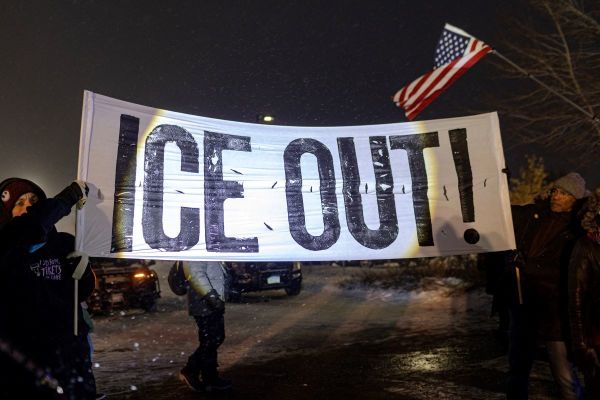Solar Eclipse 2017 Countdown News: Rare Phenomenon Happening in August Next Year; What It Is, Date and Path Range
Space enthusiasts as well as astronomers are getting excited for the biggest total solar eclipse happening next year.
The total solar eclipse will reportedly occur on August 21, 2017. The phenomenon is called the "Great American Total Solar Eclipse." According to sky enthusiasts, the upcoming solar eclipse will be the first one that is totally visible in the US after almost 40 years.
Great American Total Solar Eclipse Phenomenon - What is It?
The Great American Total Solar Eclipse is a rare phenomenon as reported by Space.com. According to the outlet, the total solar eclipse will cover 70 miles (113 kilometers) of land in the US from Oregon to South Carolina. It is reportedly so big that people from both ends of the coasts in America can see the total solar eclipse from where they are standing.
A total solar eclipse is a phenomenon when the moon is between the sun and the earth. The shadow is cast on earth and it envelopes the sky of the earth that it temporarily becomes dark, according to Time and Date.
Great American Total Solar Eclipse Phenomenon Details
The last total solar eclipse that was visible in the US happened on Feb. 29, 1979. The Great American Total Solar Eclipse will occur on August 21, 2017. The path of the solar eclipse will totally be within the United States. According to Sky and Telescope, the path ranges from Oregon through Nebraska, Kansas, Tennessee and North Carolina to South Carolina.
Engadget notes that the total solar eclipse will only last for about two minutes and forty seconds. People near the path of the eclipse can plan a road trip because it is considered to be a great event in the sky.
Great American Total Solar Eclipse – How to Watch Safely
Looking directly at the sun is bad for the eyes even if it is to observe the total solar eclipse. Watching the sun directly can cause permanent eye damage caused by the ultraviolet light. BBC recommends that the best way to observe the total solar eclipse is by using solar eclipse glasses or to not look at the sun directly.
Solar eclipse glasses are cheap and can protect the eyes but in the case of it not being available, there are alternatives. An example is to make a pinhole projector using a cardboard box or by using a pair of binoculars into an eclipse projector. Here are some DIY tips below to make your own:





















